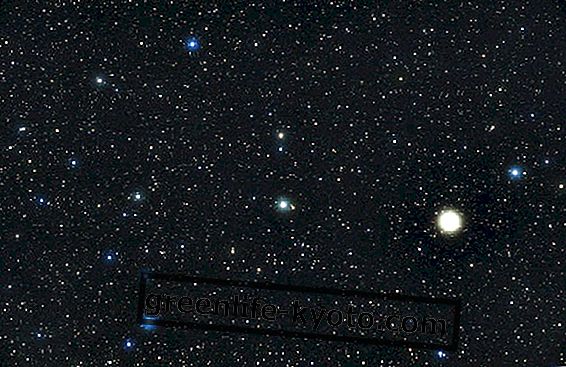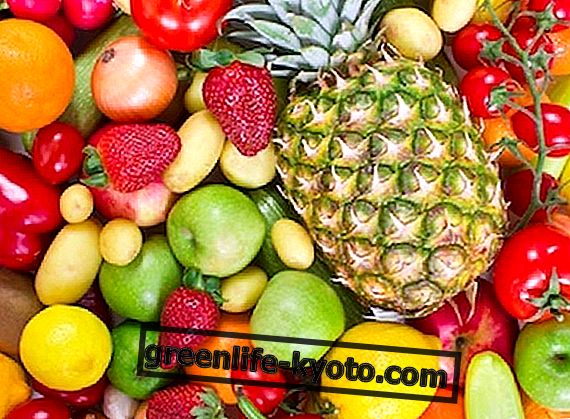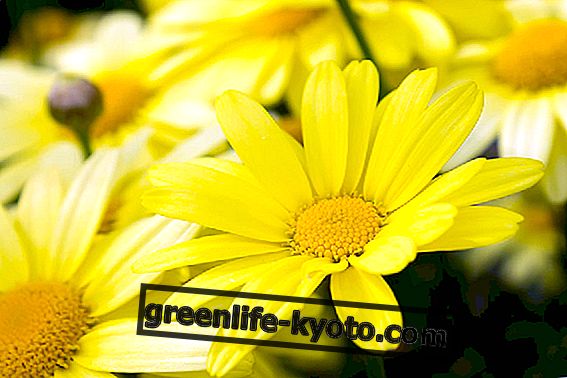
The magic plant, so defined by a more or less authoritative dissemination campaign, is Artemisia Annua, which many have casually called an officinal plant with anticancer properties .
To clarify and modulate the tones expressed on such a delicate topic related to Artemisia Annua, let's see what science tells us about its real benefits.
The scientific studies on the Artemisia annua
With regard to research relating to the antitumor effects of artemisia annua, I report below part of the text of the press release of February 13th 2015 signed by the scientific direction of the National Cancer Institute of Milan.
" [...] With regard to the use of Artemisia Annua as an anticancer drug, it can be said with certainty that, in in vitro experiments, one of its active ingredients, artemisinin and its derivatives, have shown a toxic effect on cancer cells and that this class of drugs is used as a treatment for malaria with an extremely favorable toxicity profile.
Some researchers of the National Cancer Institute are directly involved in the evaluation of another active ingredient of Artemisia Annua, dihydroartemisinin, and of its antineoplastic role, which has been evaluated for now always on preclinical models : the results are convincing and a scientific publication.
With regard to clinical use, the data available in the literature are limited to a single Chinese study in patients suffering from "non-small cell" lung cancer who compared the use of chemotherapy (cisplatin and vinorelbine) in combination or not with artesunate (a semisynthetic derivative of artemisinin) and some "case reports" with different preparations and various dosages, in combination with different chemotherapy treatments in neoplasms with various etiologies.
The Chinese study, unfortunately, has not shown that the addition of artesunate changes the duration of the survival of the patients and the "case reports" are very difficult to interpret and have little value for the generalization of a cure. In practice, to date there are no clinical studies that can give us information on what Artemisia Annua and its derivatives produce in humans, both as toxicity and as antineoplastic efficacy. [...] "
We can therefore guess that artemisinin and its semi-synthetic derivatives such as dihydroartemisinin, artemeter and artesunate are molecules being studied in depth by specialized scientific authorities, but we are certainly still far from being able to assert antitumor effects on the part of the plant on cancer patients .
For now, what has been found is that the mechanism of action of artemisinins is expressed through the interruption of cellular communication pathways, thus an anti-proliferative action .
Artemisia Annua, its properties
Artemisia is an asteracea known in traditional Chinese medicine for various uses, including moxibustion near acupuncture points, due to its supposed infrared powers. For centuries it has been used for its febrifugal and anti-malarial properties, thanks to the active principle of artemisinin and derivatives.
Artemisia Annua has antibacterial, anti-inflammatory, stomachic, eupeptic, choleretic, emmenagogue, diuretic, vermifuge properties .
Artemisia Annua, indications of use
The Artemisia annua is indicated in case of poisoning both of alimentary nature and due to slowed metabolism forms, for which our organism needs to be purified. It stimulates the digestive function thanks to the bitter substances contained in it favoring gastric secretion.
It regulates menstrual flow and calms cycle spasms and is used for intestinal and genital infections due to its antibacterial and vermifuge properties.
Homeopathy includes the artemisia annua among the anticonvulsive remedies for its sedative properties and as a cutaneous disinfectant against forms of dermatosis and inflammation such as folliculitis.
The magic of artemisie
In botany there are various types of artemisie in addition to the annual: wormwood, tarragon, genepì and many others, about 350 qualities.
They are used in liqueur, herbal medicine, in the gastronomic field and behind the term "artemisia" a halo of magic has always been hidden, probably linked to its widespread use since the dawn of time: the Romans used it to braid wreaths, unlucky, while the Greeks burned it to propitiate the attention of the gods. In the shamanic tradition of some peoples it was an herb that was smoked to alter the state of consciousness and favor visions.













